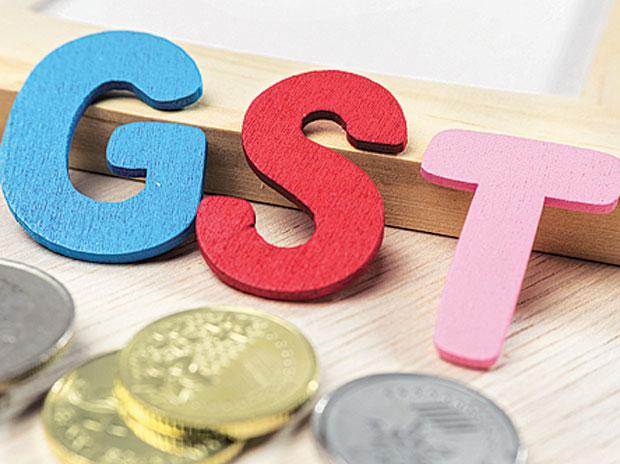India Inc’s confidence dived due to goods and services tax (GST) trouble in the second quarter (July-September) of the current financial year, according to the National Council of Applied Economic Research (NCAER).
Its Business Confidence Index (BCI) fell 12.9 per cent from the earlier quarter. The survey of business sentiment was done in September. Year-on-year, the index fell 11.1 per cent.
NCAER has been conducting a Business Expectations Survey (BES) every quarter since 1991. This tracks what around 600 Indian companies think, to compute the composite BCI. Responses are elicited from companies and sectors across six cities, to assess business sentiment in the country's four regions. Delhi-Natinal Capital Region represents the north; Mumbai and Pune the west; Kolkata, the east; Bengaluru and Chennai the south.
NCAER says all sectors are adequately represented — in terms of ownership type (public sector, private limited, public limited, partnership/individual ownership, multinationals), sector (consumer durables, consumer non-durables, intermediate goods, capital goods, services) and firm size, based on annual turnover.
NCAER, in a report, also said there was deterioration in political sentiment during October, over July, with its Political Confidence Index (PCI) showing a quarter on quarter (qoq) fall of 12.4 per cent.
The significant downturn in sentiment during the September quarter reflected disquiet in the business sector from the ongoing GST transition, it added. "The decline in BCI was driven by deterioration in sentiment in all the four components (meaning, responses to questions comprising) the BCI between July and October — 'overall economic conditions will improve in the next six months’ (7.8 percentage points); ('financial position of firms will improve in the next six months' (13.3 percentage points), 'present investment climate is positive as compared with six months ago' (six percentage points); 'present capacity utilisation is close to or above the optimal level' (7.7 percentage points)," went its statement.
It adds that the BCIs of the consumer durables and intermediate goods sectors declined 20.5 per cent and 14.1 per cent, respectively, qoq. That of the consumer non-durables and capital goods sectors declined 9.9 per cent and 9.2 per cent, respectively, qoq.
BCI figures for the east and the west increased by 9.2 per cent and 7.5 per cent, respectively. Those for the north and the south showed declines of 37.5 per cent and 21.4 per cent, respectively, qoq.
All the groups across size showed a decline in BCI between July and October. The largest of 18 per cent was for Rs 1-10 crore, followed by those for Rs 100-500 crore and those with annual turnover more than Rs 500 crore, of 17.1 per cent and 14.9 per cent, respectively.
Also, three of the four groups across ownership types showed a decline in BCI between July and October. Whereas, public sector companies exhibited a rise of 13.1 per cent.
Stating that overall sentiment regarding production, domestic sales, export, imports of raw materials and pre-tax profit remained subdued in October versus July, the statement said this was broad-based, with all sectors showing declining trends between the two periods.
Gross domestic product growth in the second quarter of 2017-18 was 6.3 per cent, compared to 5.7 per cent in the April-June period, the lowest such since the present government took office in mid-2014. It was 7.5 per cent in the September quarter of 2016-17.
